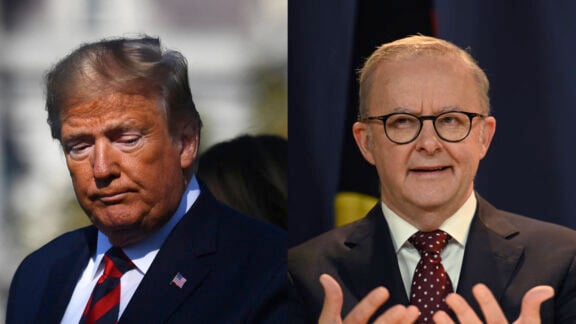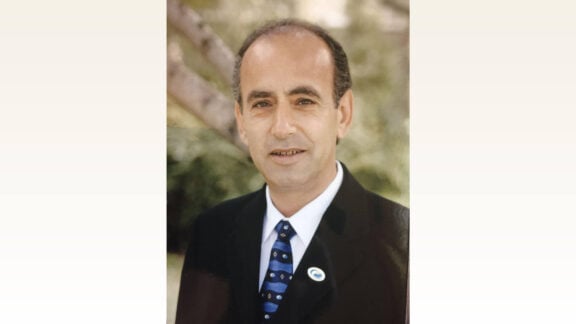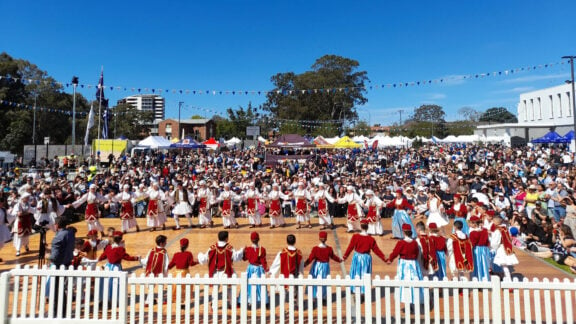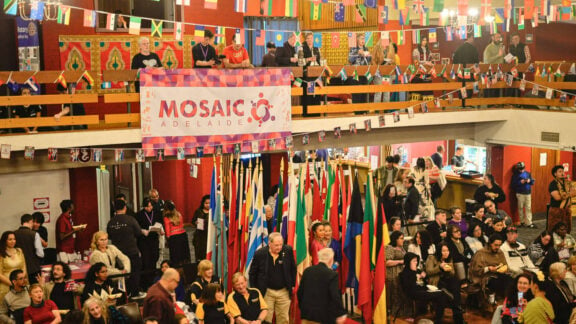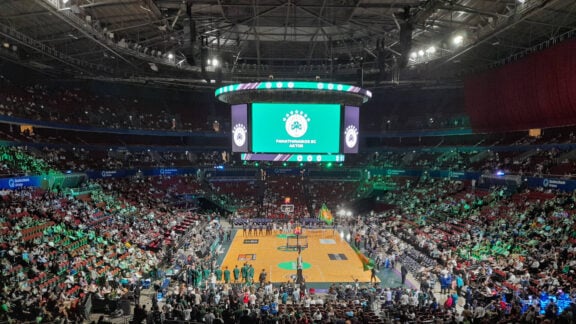It was a rude awakening for thousands of Melburnians after a 3.8 magnitude earthquake struck the city’s northwest.
Geoscience Australia said the quake hit at a depth of 3km at Sunbury, about 40km northwest of the city, at 11.41pm on Sunday.
More than 22,750 people contacted the agency to report they had felt shaking.
Most of the reports are centred around Melbourne, but there were some as far north as Bendigo and as far south as Hobart, Geoscience Australia said in a statement.
This map shows how far & wide the #earthquake in #Melbourne has been felt. We've had 21,386 reports so far – some as far north as Bendigo & as far south as Hobart. https://t.co/c9M3aKxQQi pic.twitter.com/zADq94efoa
— Geoscience Australia (@GeoscienceAus) May 28, 2023
Seismology Research Centre Chief Scientist Adam Pascale posted on Twitter that it had been the largest earthquake in over 120 years in the Melbourne metropolitan area.
Victoria’s SES state commander David Baker said his crews had only received three calls for help following the quake.
“We were fortunate that there was no damage or consequences as a result of the earthquake last night,” Mr Baker told ABC News.
He said there was always a concern of aftershocks.
Last night's magnitude 4.0 was the largest #earthquake within 40km of #Melbourne in over 120 years, the last being a magnitude 4.5 in 1902.
The @GeoscienceAus station at Greenvale (nearest the epicentre) was one of the first seismograph locations established by @AusQuake in 1976. pic.twitter.com/kDz4mjWoH6— Adam Pascale (@SeisLOLogist) May 28, 2023
In the last five years, four other earthquakes of magnitude three or greater have been recorded in Victoria, including a 5.9 magnitude north of Rawson in 2021 which caused some localised damage.
On average, around 100 earthquakes of magnitude three or larger are recorded in Australia each year.
The Bureau of Meteorology said there is no tsunami threat to the Australian mainland, islands or territories as a result of the quake.
Source: AAP



